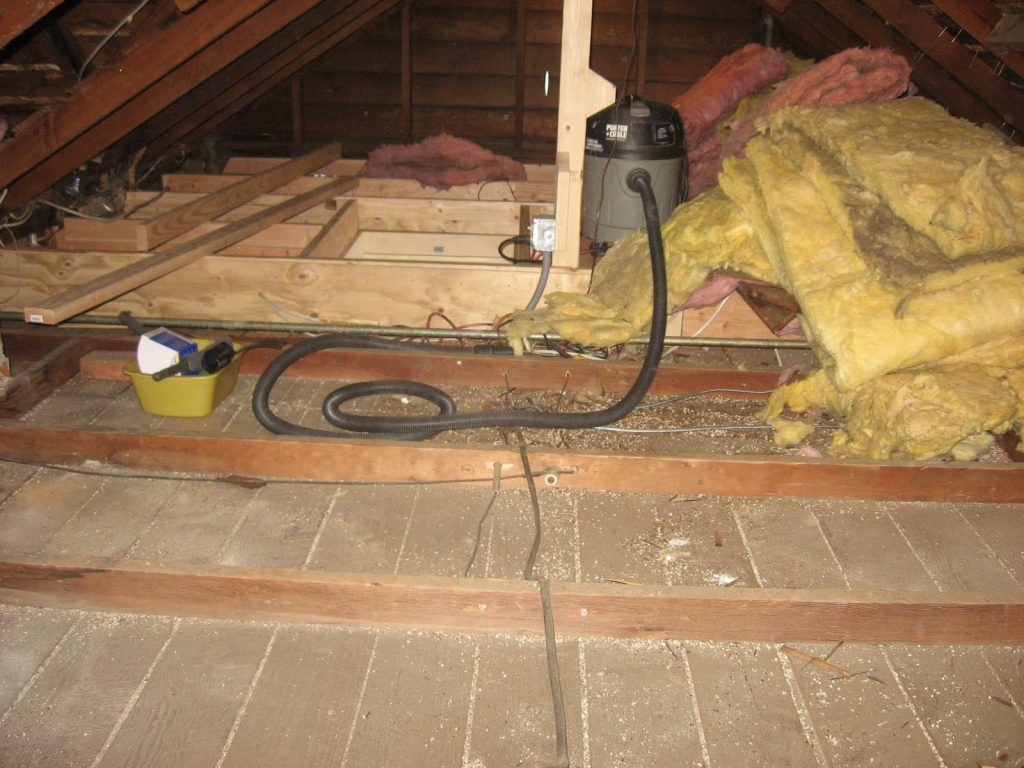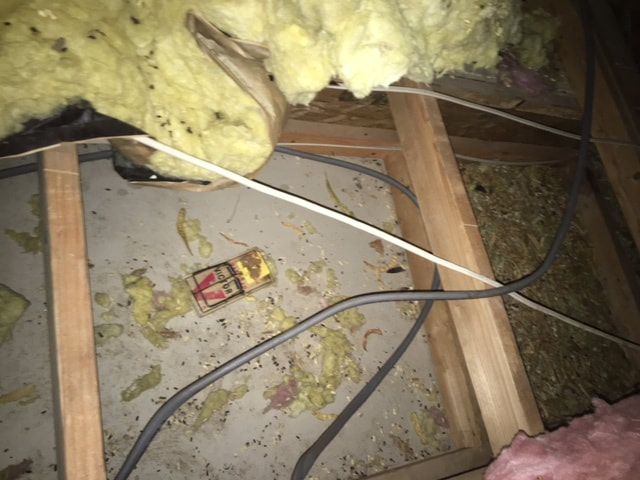The first step in loose fill attic insulation removal is determining what type of insulation you ll be working with.
Best way to remove loose insulation from attic.
Mask at a minimum you ll want a 95 rated mask for attic insulation.
Gloves rubber coated gloves will work best.
Whether you are removing loose fill attic insulation for replacement with new insulation changing insulation types or are removing insulation because of water or wildlife damage doing it safely is the first step.
Foot home i had 5 holes cut at different points in the house.
Why can t you add to the insulation that s already there.
For diy attic insulation you ve got two choices.
The first step to making sure it is safe to remove insulation from your attic is to clear the area of all contaminants look out for the following.
I probably spent 10 hours in the attic actually cleaning out the attic.
Common reasons for replacing insulation are mold issues wildlife damage and the decision to finish an attic space.
Then i spent three nights in the attic digging out insulation with a small but long rake and dumping it down the holes.
Attic insulation removal and attic cleaning can be a diy project for those willing to break a sweat and prepare properly.
Why remove blown in insulation.
In my 1000 sq.
Both can be added to uninsulated attics or layered over existing material.
Loose fill or batt the common term for blanket insulation.
You ve noticed that your insulation isn t doing its job anymore and realize it s time for a change.
When blown into attics and wall spaces loose fill.
Loose fill insulation is great for installing in attics with very little headroom.
The most important step is first protecting yourself.
The most time consuming part was creating and stapling up the bags.
Proper attic insulation is the best way to prevent heat loss in the winter and retain cool air in the summer.
Once you ve decided which type is best for you examine the material options and prices to home in on the right product.
This light as air insulation is manufactured from glass that is heated to a liquid and then spun into thin fibers.










